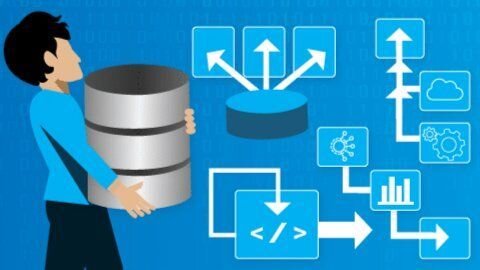In case you missed it, be sure to check out my talk with the Nashville Power BI User Group on basic data modeling.
In our BI journey, we all hit a plateau in our learning curve. One reason is that we haven't modeled our solution correctly. In order to move to the next level of our journey along the BI learning curve, we need to understand how a tool like Power BI works. Only then will we understand why we design our data models the way we do. In this session, we will review how the way tools like Power BI work impact the way we build data models.
Microsoft is advancing the status of AI in Power BI with Insights. It provides…well, insights into anomalies and changes in your data with very little setup from the end user. I imagine that it would require a well articulated model, and the hopes and expectations for AI capabilities regularly exceed their initial capabilities, but with any luck this could make self-service BI that much more complete.
If you’ve ever needed a quick way to create a table on the fly within a DAX measure, Alberto Ferrari shows you how to use the DATATABLE function. Really handy!
I love Tabular Editor 3, and one of the great, little-know features is the ability to create scripts to automate a lot of the things that you do repetitively. Patrick Leblanc shows you how to use that feature to create time-intelligence calculation groups with just one click.
Marc Lelijveld has a great decision tree to help you decide whether you need Power BI Premium. Definitely worth a look!
If you’ve ever wondered about the difference between Azure Synapse Analytics and Snowflake and why you might choose one over the other, BlueGranite has an interesting article walking you through the pros and cons of each.








